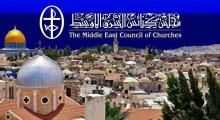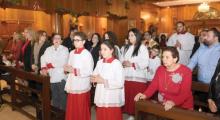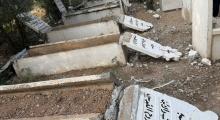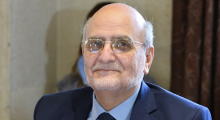Issued by the Catholic Center for Studies and Media - Jordan. Editor-in-chief Fr. Rif'at Bader - موقع أبونا abouna.org
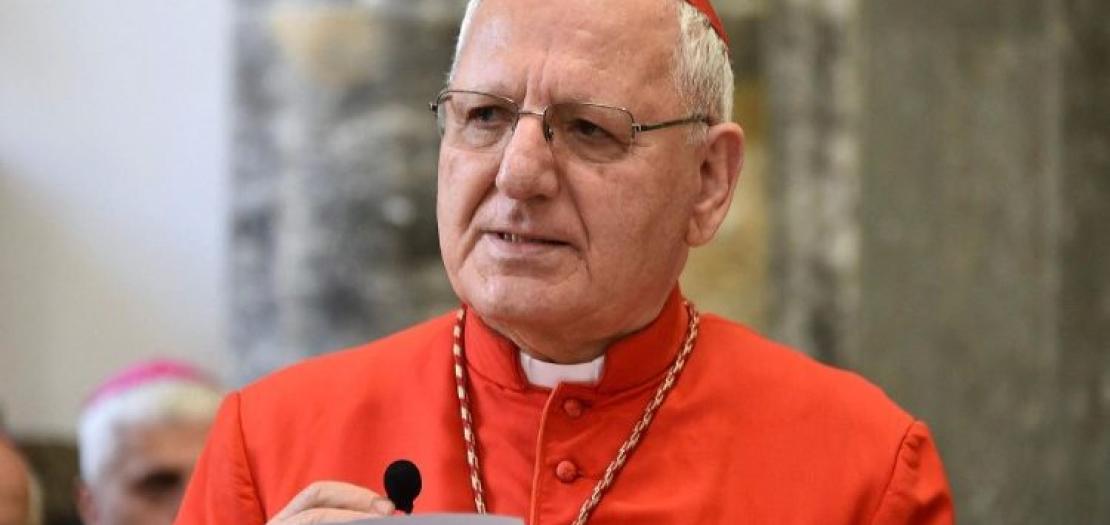
The Chaldean Patriarch of Baghdad, Cardinal Louis Raphaël Sako
As Churches across the world come together to celebrate the annual Week of Prayer for Christian Unity, from January 18-25, Patriarch Louis Raphaël Sako, has reminded faithful that unity is not about merging Churches into a single entity but rather embracing diversity and working together despite differences. Unity is a spiritual and practical endeavor rooted in shared faith and mutual respect, the head of Iraq’s Chaldean Catholic Church said in a pastoral statement.
The richness of diversity
The message dismisses the idea of unity as the administrative or structural merging of Churches. Each Church has a unique history, traditions, and governance that should be preserved. Instead, Cardinal Sako calls for celebrating diversity as a form of richness rather than a source of division. He advocates for dialogue and a shared vision as the path to closer relationships between Christian traditions.
Sharing a common faith
The Chaldean Patriarch highlights several foundational aspects of unity already present among Christian Churches, particularly between Catholic and Orthodox traditions, the “two lungs” of Christianity, as Pope St. John Paul II described them.
Cardinal Sako recalled that both Churches share the Creed of faith established by the Councils of Nicaea (325) and Constantinople (381), the apostolic succession and celebrate the seven Sacraments.
The Patriarch of Baghdad also acknowledged the contributions of Protestant Churches, which initiated the Week of Prayer for Christian Unity in the early 20th century, despite the fragmentation within these traditions.
Cardinal Sako further referenced the introduction into the Catholic liturgical calendar of the feast day of the 2015 Coptic martyrs killed by ISIS and the recent decision of Pope Francis to include of Saint Isaac of Nineveh from the Church of the East in the Roman Martyrology. Such gestures symbolize a growing acknowledgment of shared sanctity and spiritual heritage.
Practical cooperation
The message goes on to focus on the practical expression of unity through cooperation. It suggests several forms of collaboration, including the creation of joint commissions for scientific research on the Bible, theology, liturgy, and catechism; organizing joint seminars on topics of common interest; exchanging spiritual experiences; preparing a new generation of clergy who believe in working together and speaking with one voice on moral issues.
In addition, Cardinal Sako urges the Churches to actively engage in combatting societal ills such as poverty, injustice, corruption, environmental degradation, and in opposing war, rearmament and extremism.
According to Patriarch Sako, this cooperation “strengthens social cohesion and peace,” aligning with Christ’s mission “that the Church and Christians must implement in their respective contexts.”
The example of the Churches in Syria
As an example of ecumenical cooperation Cardinal Sako cited Syria, where after the fall of Bashar Assad Churches have joined their voices calling for a new civil system based on citizenship, that respects the rights, dignity and religious freedom of all citizens. “This,” Cardinal Sako concluded, “is how Churches bear witness to unity and hope.”


